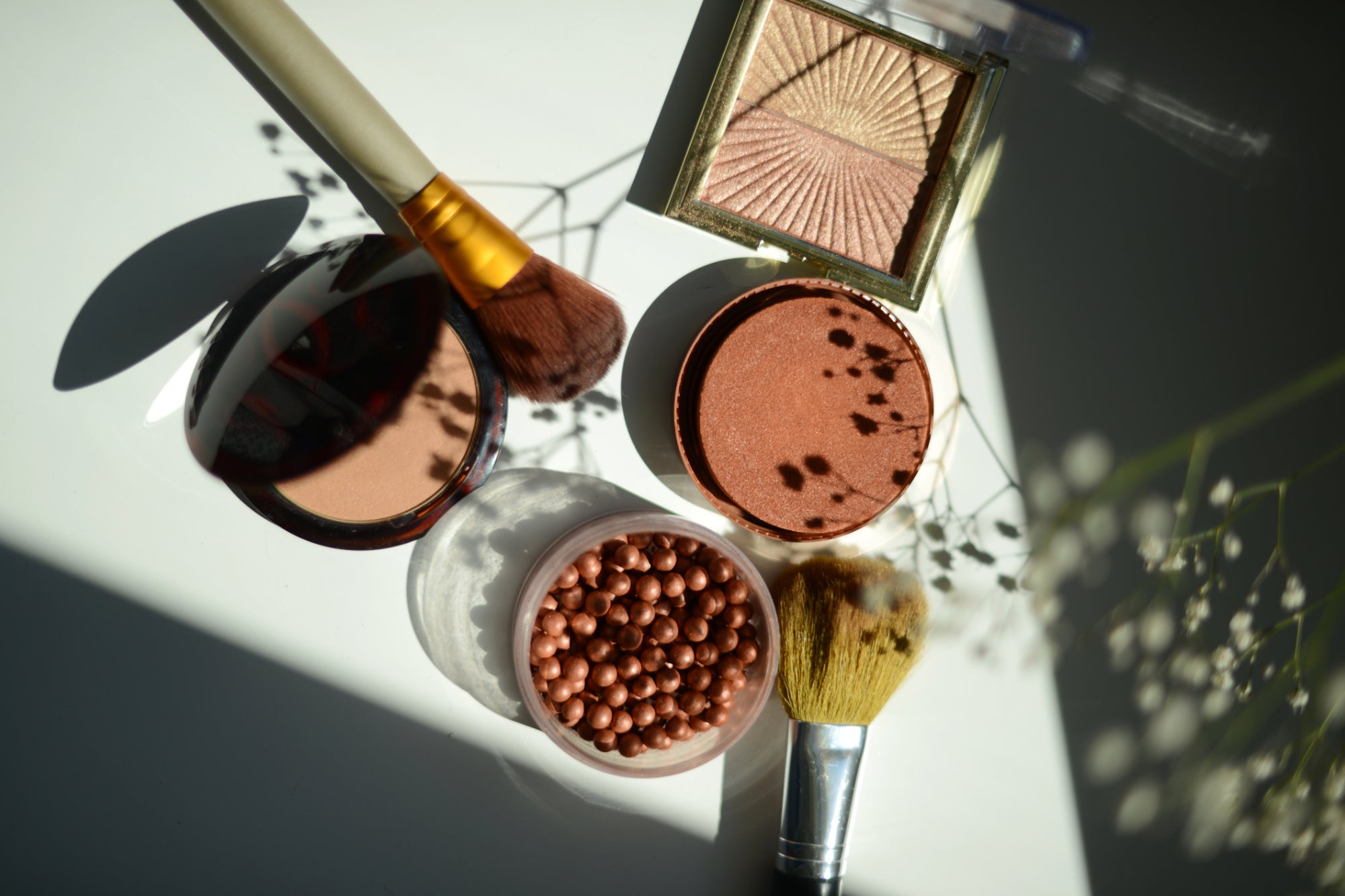How Technology is Revolutionizing Beauty Ecommerce Emerging technologies like augmented reality and artificial intelligence are keeping beauty in business.
Opinions expressed by Entrepreneur contributors are their own.

The current crisis has changed consumer behavior and expectations immensely. Since the lockdown started, personal safety and hygiene have emerged as a top concern. Consumers are scared of visiting crowded marketplaces and in some instances, have postponed purchases. One area that has seen unprecedented growth across multiple facets is online sales. From grocery buying to banking, consumers are meeting most of their needs online.
To be a part of this movement, the beauty industry needs to innovate and offer an experience at par with what brick-and-mortar stores do. Major ecommerce beauty brands have leveraged artificial intelligence (AI) and augmented reality (AR) to build assessment, comparison and testing tools to assist in finding beauty products online. We can learn from some of these case studies.
1. Augmented reality is being used to visualize cosmetic products
With customers shying away from brick-and-mortar stores and shifting online, brands should move to virtual try-on tools to preserve the offline experience.
- L'Oréal product ModiFace allows consumers to have an AR-powered makeup try-on experience.
- Olay, a PnG brand, launched Skin Advisor in 2017. Based on deep learning, it recommends products analyzing the user's skin via a photograph. Of the 6 million people who use this service, 94 percent report recommendations being appropriate.
- Maybelline's "Virtual Try-On" tool allows you to apply and compare four makeup products simultaneously. It also shows a comparison of before and after look.
- Sephora's Virtual Artist analyses your skin and facial features to recommend products to try on. By 2018, users had demoed more than 200 million shades using this feature.
Key enablers
- 88 percent of mid-sized companies are already using AR in some capacity (Deloitte)
- 66 percent of people claim to be interested in using AR for assistance when shopping (Google Consumer AR Survey)
- 60 percent of people would like the ability to be able to visualize how and where a product fits into their lives (Google Consumer AR Survey)
- Conversion rates increase by 90 percent for consumers engaging with AR compared to those who don't (Retail Customer Experience)
Related: Instagram and Google Launch Interactive Online Shopping Portals
2. Artificial intelligence is being used for product recommendations
Are you worried about the safety and effectiveness of a cosmetic product? Organizations are building AI-based product recommendation tools to resolve the pain point.
- Proven Skin Care – a tool based on the Skin Genome Database: This is a search engine used to find out information about beauty products. The database contains data points about the effectiveness of more than 20,238 skincare ingredients, characteristics of over 100,000 individual products, 8 million user testimonials and 4,000 scientific publications.
- EWG's Skin Deep cosmetic database is an online tool to search for ingredients in beauty products. It lists hazard ratings for 70,000 products from 2,374 brands and information about 9,000 ingredients.
- Function of Beauty produces customized hair care products with ingredients recommended by machine learning algorithms. These custom shampoo/conditioner formulas are specific to customers' hair types.
- Haut.AI is a SaaS tool that offers tools and APIs for it.
Key enablers
- Consumers are 40 percent more likely to view items that are recommended based on the information they've shared with the brand (MarketingDive)
- Forty-seven percent of consumers will go to Amazon if the brand they're shopping with doesn't provide relevant product suggestions (SmarterHQ)
- Global Organic Beauty Market to reach $54 billion by 2027 due to concerns about the safety of ingredients used (Statista)
Emerging technologies are expensive bets
Prima facie, technology such as a virtual trial tool based on AR might seem simple to implement. It would be best if you had 3D photography of your product catalog or data attributes that mimic the life-like application of the product. That is just the tip of the iceberg; the real complexity lies within doing so. You would end up with a set of disgruntled customers if the tool fails to depict real-life applications accurately.
This space is seeing breakthroughs within product development — moving from a showcase novelty to functionality that the majority of the customers use. What used to be limited to high-ticket items like real estate is being used to showcase regular products. It has certainly worked in favor of brands within the beauty industry, as L'Oréal reported an increase of 49 percent in product sales owing to their AR initiative.
Related: 3 Reasons Why the Aesthetics and Anti-Aging Market is Unaffected by the Pandemic
A shift in the direction is how AdTech companies are using AR. Google has implemented it within search results while Facebook is working on AR advertising for both Facebook and Instagram. Immersive social commerce is the future wherein users interact with AR depictions of products and purchase it without leaving the social media platform. The capabilities have been demonstrated by the behemoths, but cost acts as the major limiting factor in the widespread adoption of these technologies within ecommerce.











